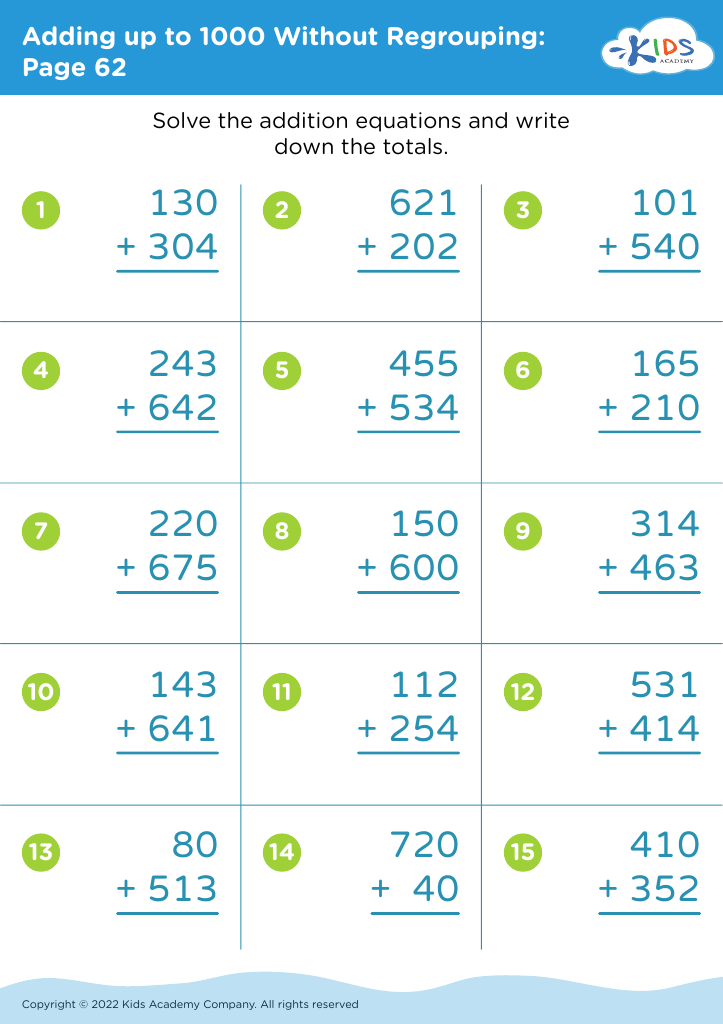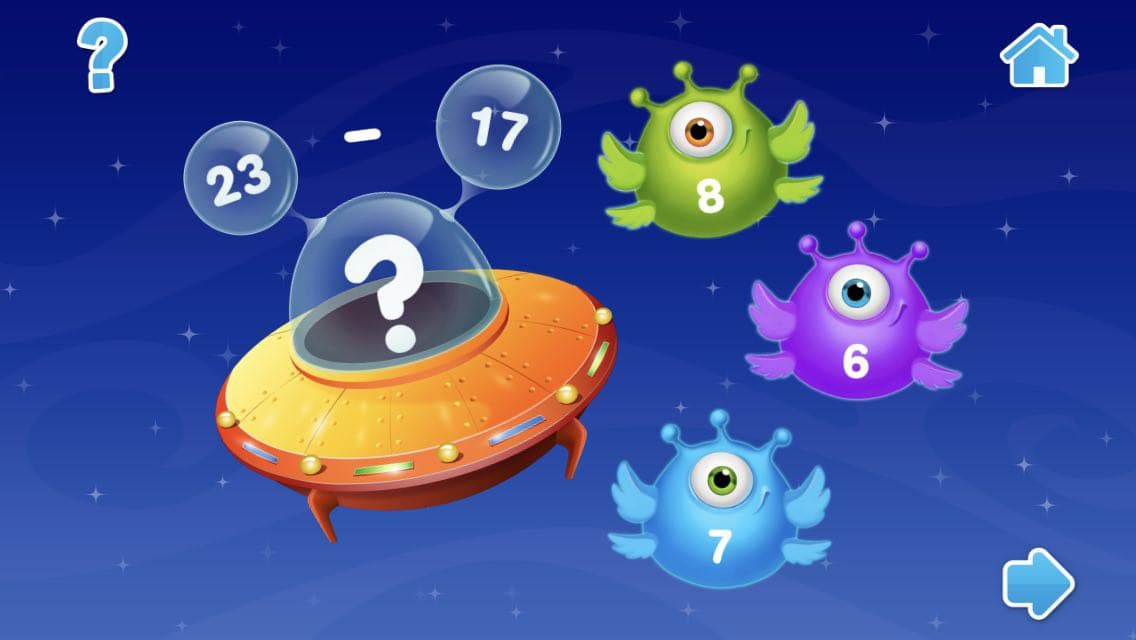Identifying fractions Addition Worksheets for Ages 8-9
4 filtered results
-
From - To
Discover our engaging "Identifying Fractions Addition Worksheets" designed specifically for children ages 8-9! These printable worksheets provide a fun way for young learners to master fraction addition while reinforcing their understanding of this essential math skill. Featuring colorful visuals and interactive exercises, each worksheet encourages exploration and practice in identifying and adding fractions. Tailored to boost confidence, these resources support both classroom learning and at-home practice, making math enjoyable. Perfect for educators and parents, our worksheets align with curriculum standards to ensure thorough comprehension. Help your child develop a strong foundation in fractions today and watch their math skills flourish!
Understanding and identifying fractions, particularly in addition, is crucial for children aged 8-9 as they develop foundational mathematical skills. At this age, students begin to encounter more complex concepts that build upon their earlier knowledge. Learning to add fractions fosters critical thinking, problem-solving, and analytical skills that are essential not only in mathematics but in everyday life.
Parents and teachers should care because mastery of this concept contributes to a child’s confidence and competence in math. Being able to identify common denominators and manipulate fractions enhances their understanding of numbers, leading to more success in both current and future math topics, such as ratios and proportions. Additionally, foundational skills acquired during this phase can create a positive outlook towards mathematics, reducing math anxiety and aversion that may develop if these concepts are not understood well.
Beyond academics, fractions embody real-life applications, such as cooking, shopping, and time management. Engaging children in these skills encourages a positive attitude towards learning and creates opportunities for practical and relatable experiences. By supporting children in learning to add fractions, parents and teachers equip them with essential skills for both immediate success and long-term mathematical understanding.








.jpg)
















